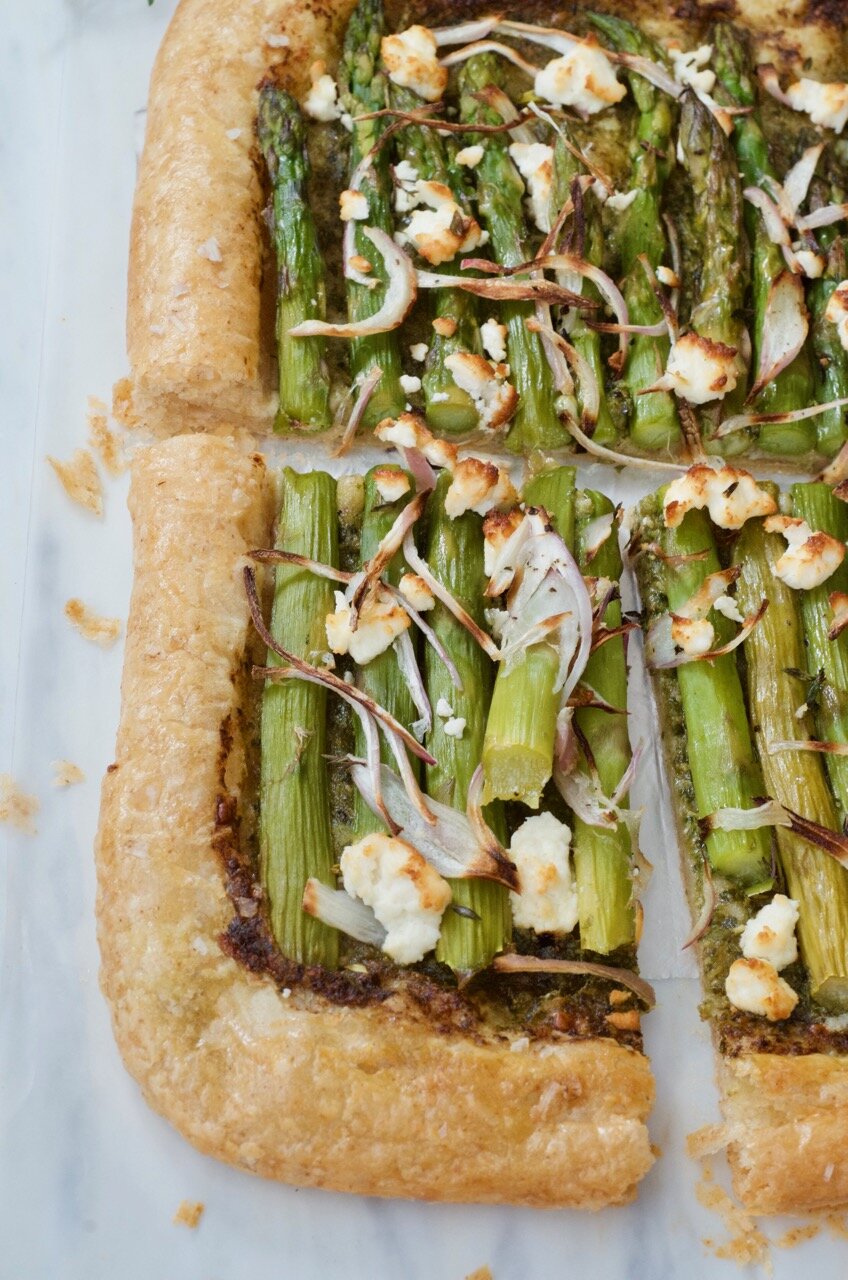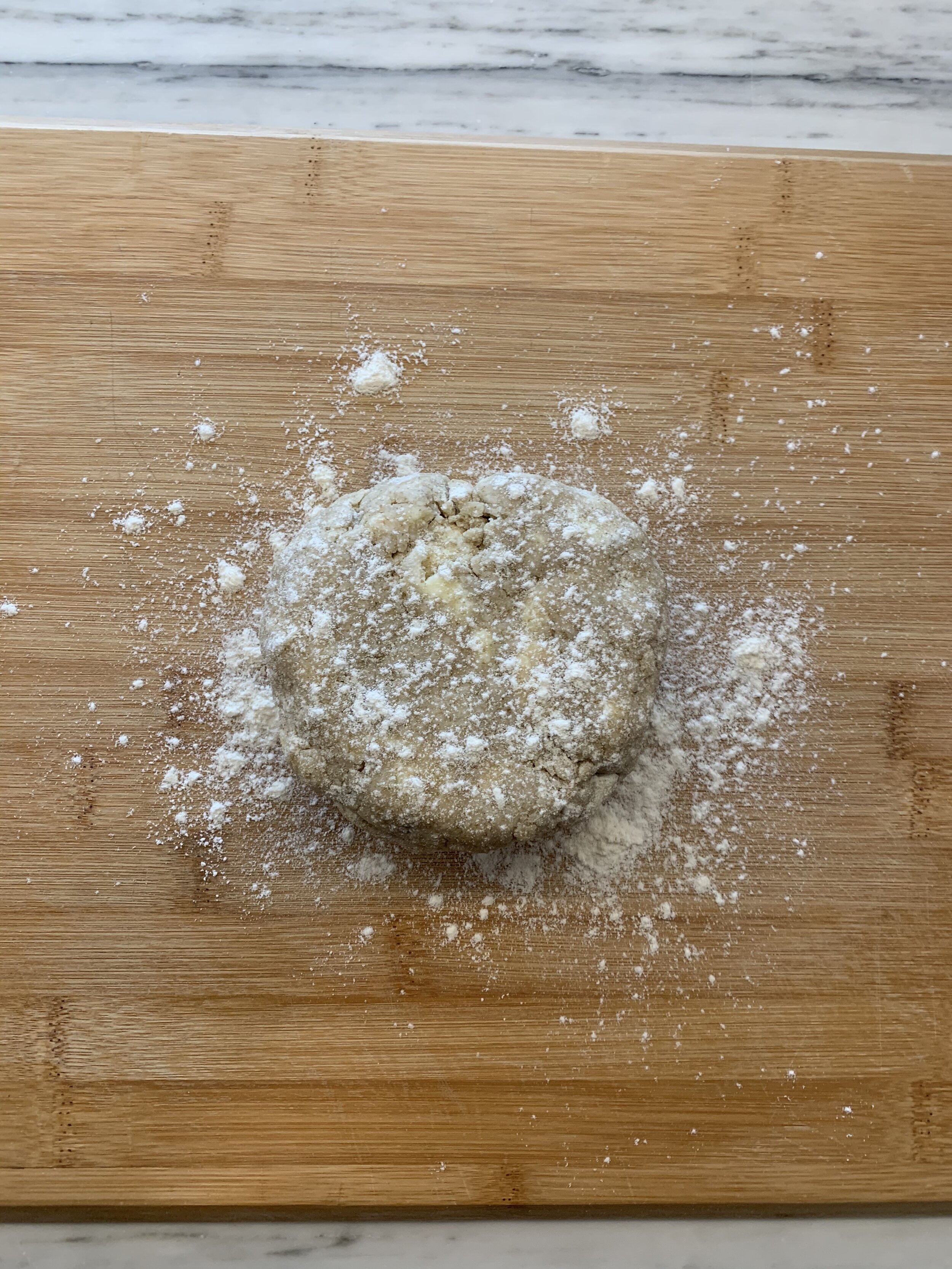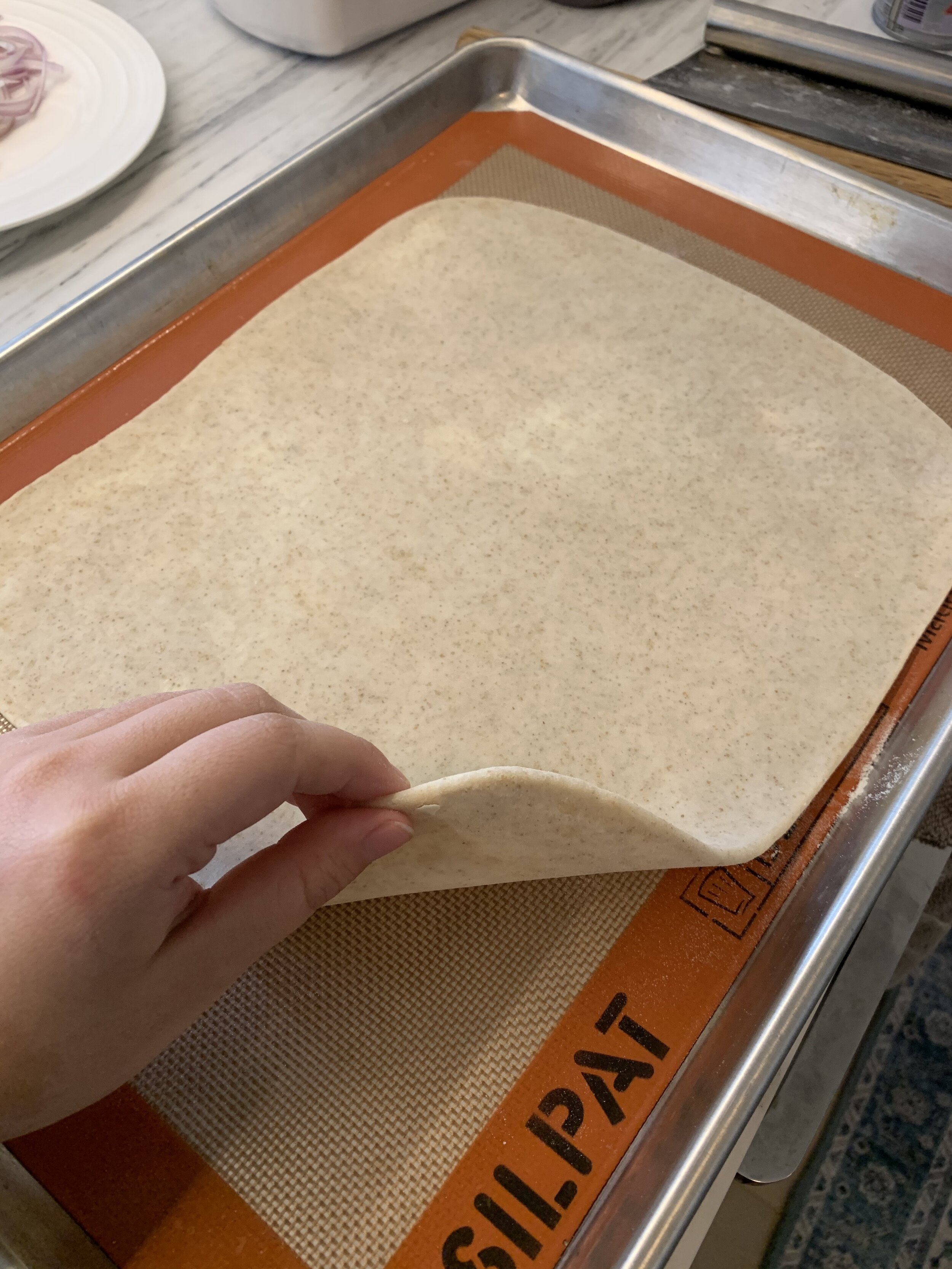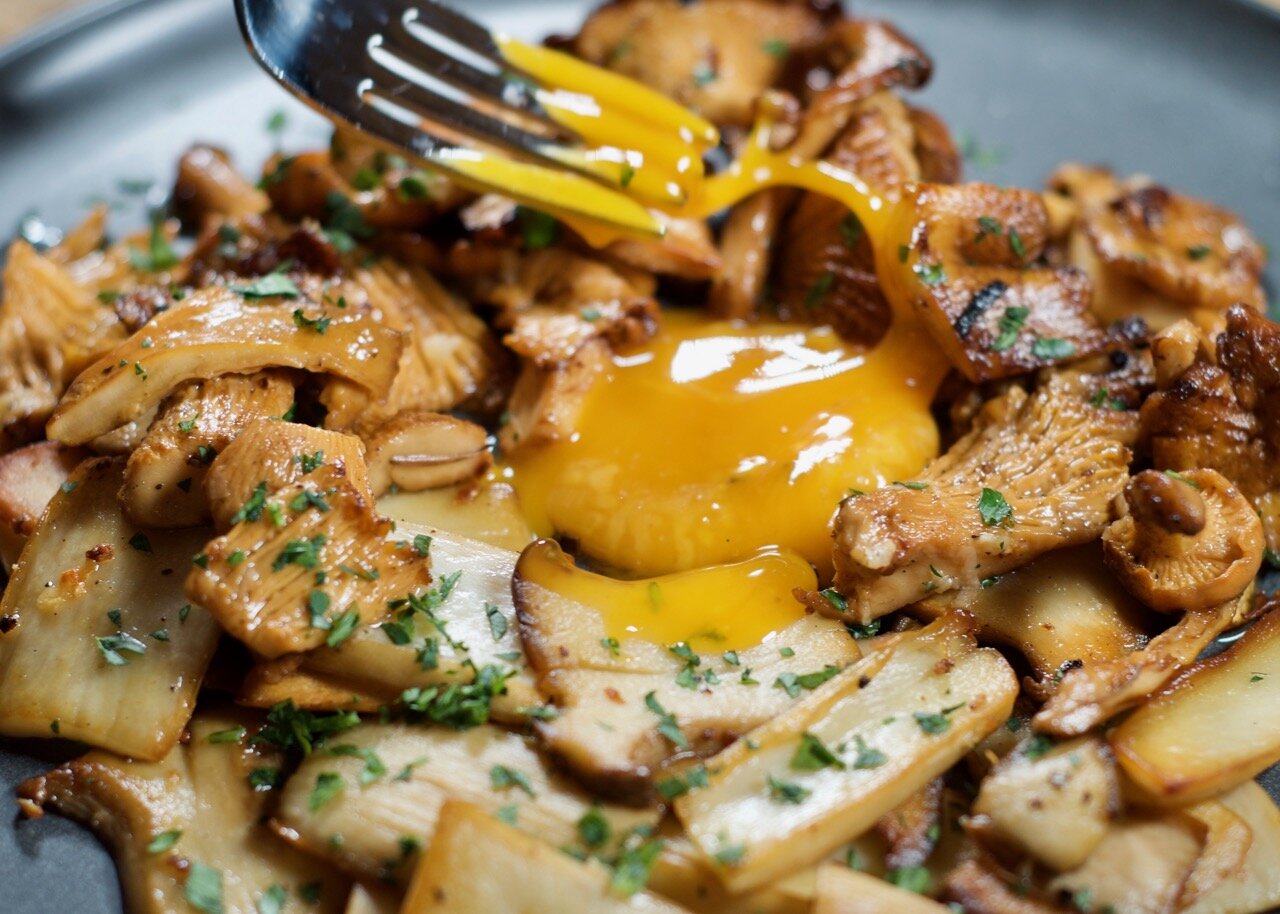brown butter sage mashed potatoes
/While mashed potatoes - and just potatoes in general - are an essential staple in life and i’ll never tire of them, it can be fun to change it up at times. This version is a simple variation topped with flavorful brown butter and crispy sage. The brown butter adds a rich toasted nuttiness that complements the creamy mashed potatoes and frying the sage mellows out the herbiness while adding a crispy texture. Similar to how scallions are used in scallion noodles where they’re cooked down in oil to unlock a fragrant version of itself while toning down the harsher notes, the same can be done for herbs like sage or rosemary too. Crisp them up in some butter or olive oil to transform the flavors and put it on everything. Go crazy.
A side benefit? This recipe uses a lot less butter than most recipes since browning the butter packs a bigger punch that you don’t need a stick of butter to get the same effect.
A few tips:
There are few essential tools (I mean, you could even use a fork to mash the potatoes if you need), but if you have a stand mixer the process is incredibly fast and easy.
This recipe uses sage, but feel free to substitute with another herb.
brown butter sage mashed potatoes
serves 4
ingredients
4 potatoes, russet or yukon gold
1/2 cup milk
4 tablespoons butter, in two halves
handful of sage leaves
salt & pepper
steps
1. Prepare the potatoes: Peel and cut potatoes in medium sized chunks and place in a medium sized pot. Cover with cold water, add a generous pinch of salt, and bring to boil. Cook for 15-20 minutes until potatoes are soft and easily pierced with a knife. Drain water.
2. Mash the potatoes: Using a stand mixer with paddle attachment or by hand, mash the potatoes until no chunks remain.
3. Heat up milk & butter: In a saucepan or in the microwave, heat up the milk and 2 tablespoons of butter until melted.
4. Mix in with potatoes: Pour the milk and butter into the potatoes and mix until incorporated. Season with salt and pepper to taste.
5. Brown butter with sage: In a saucepan over low heat, add the remaining butter with sage leaves. The sage will slowly begin to crisp up as the butter browns. This should take a few minutes. Take care to not let the pan overheat as the butter can easily burn. Lightly salt the sage.
6. Serve: Plate the mashed potatoes, and drizzle the sage with brown butter over top.



















